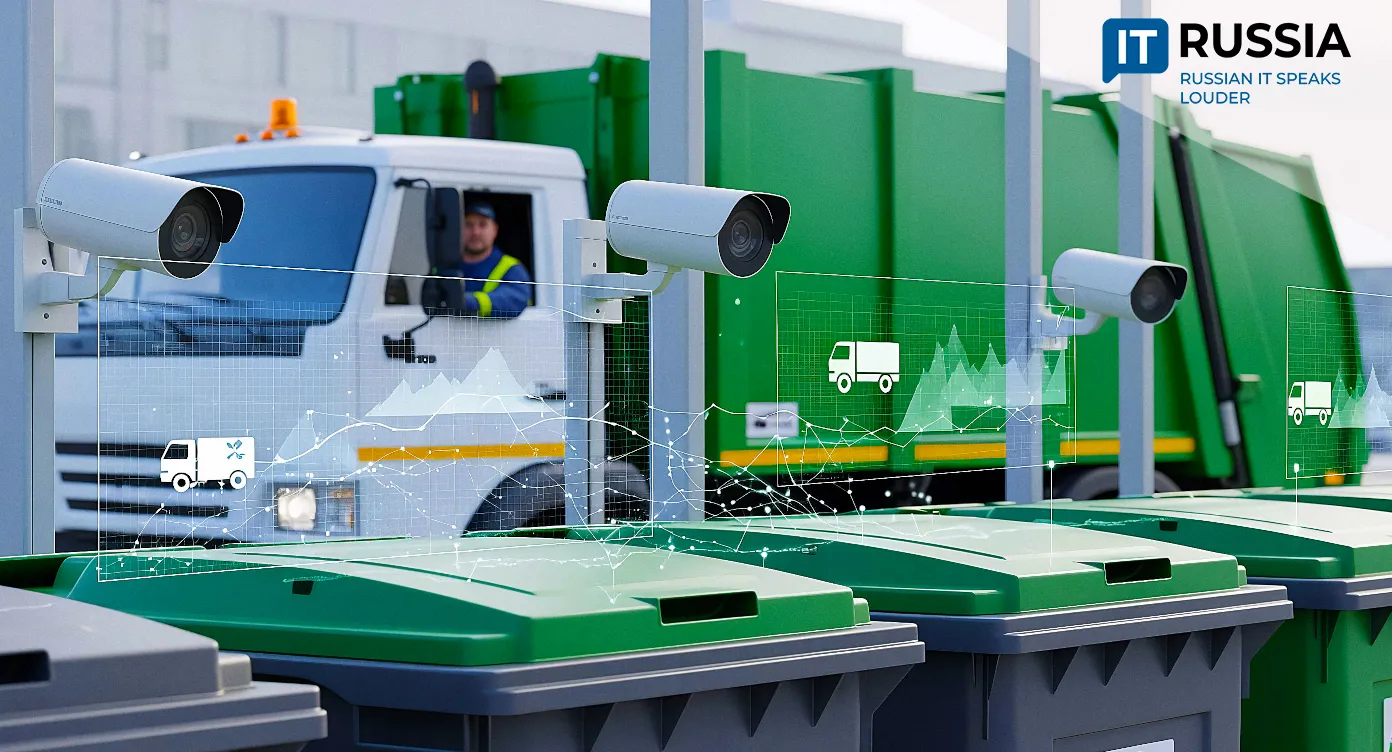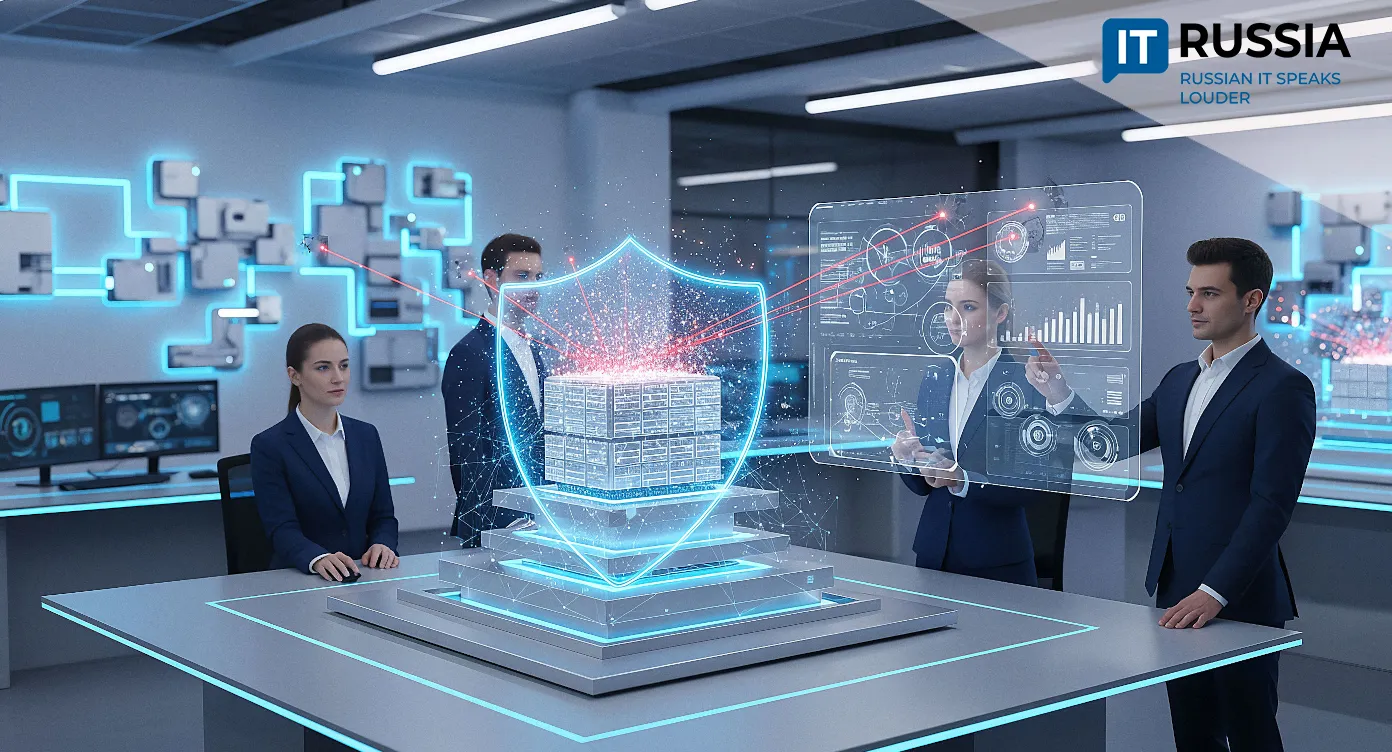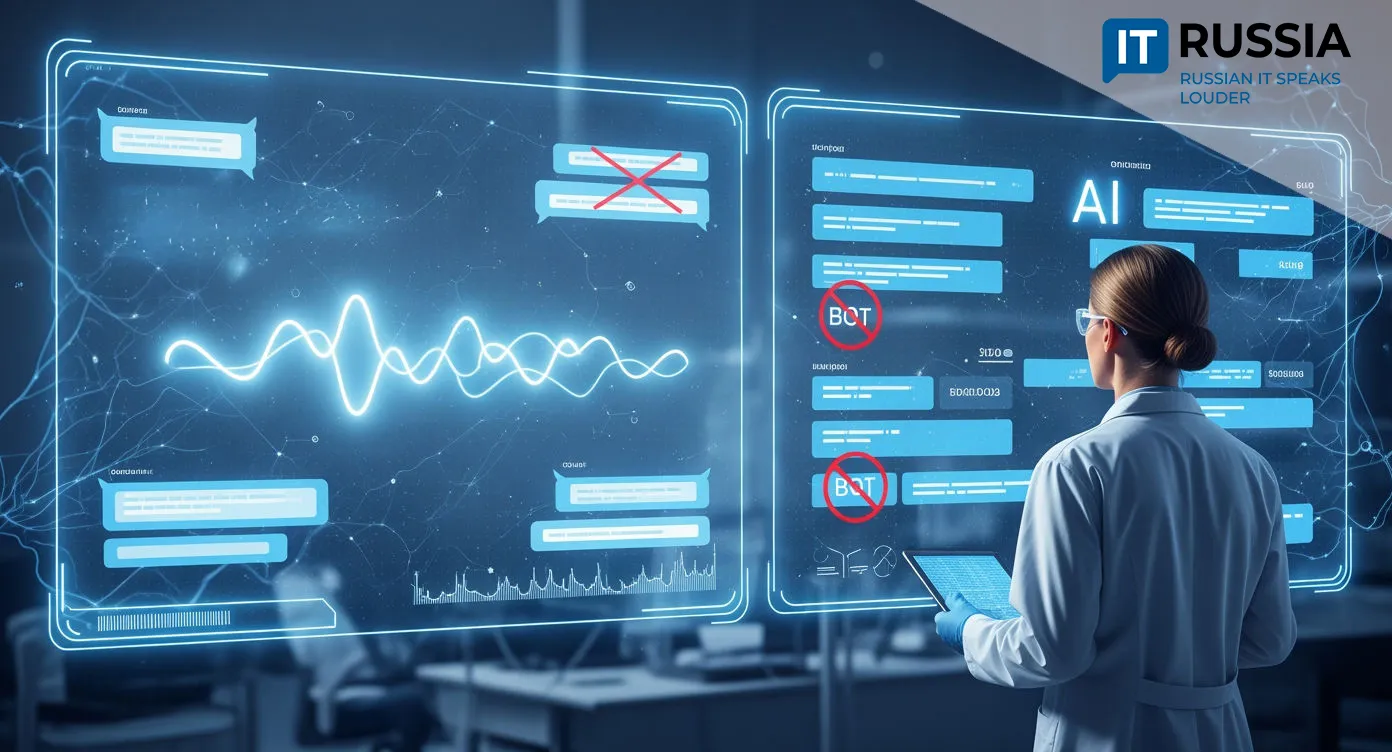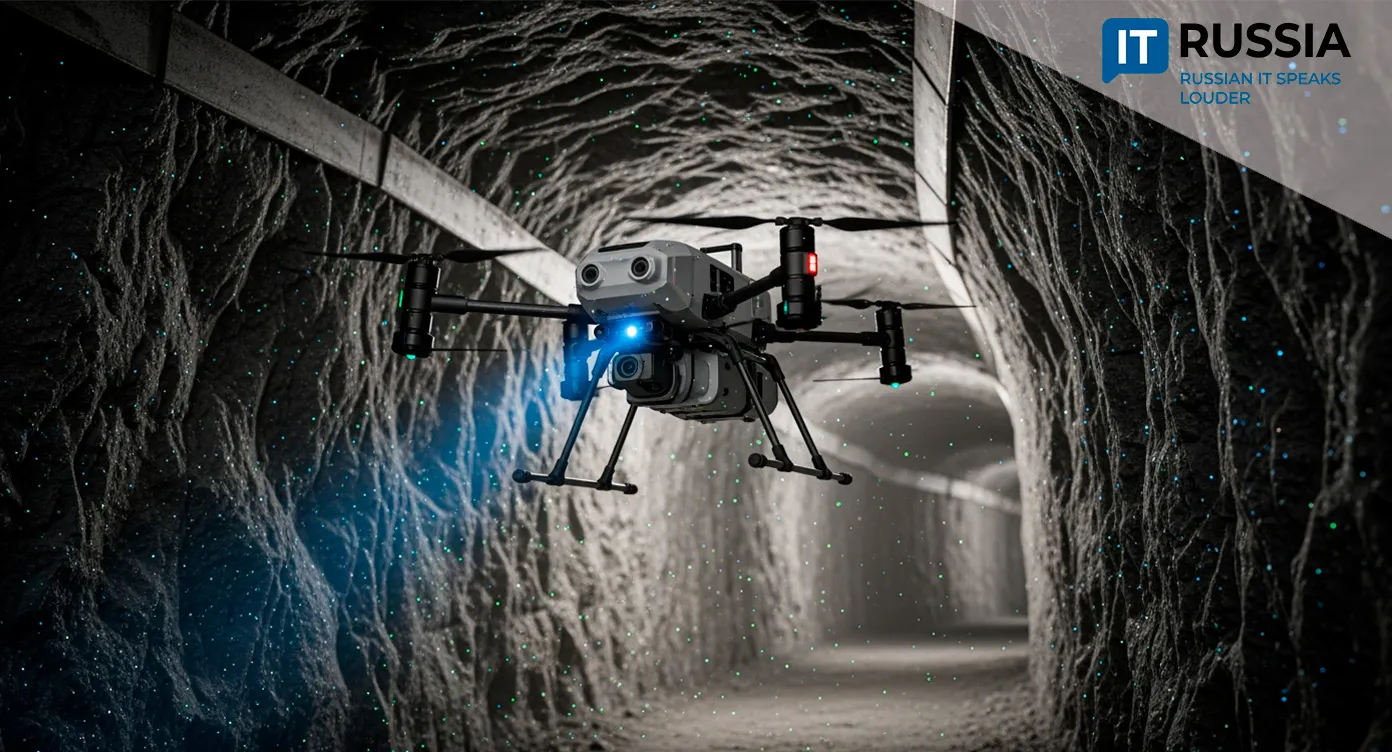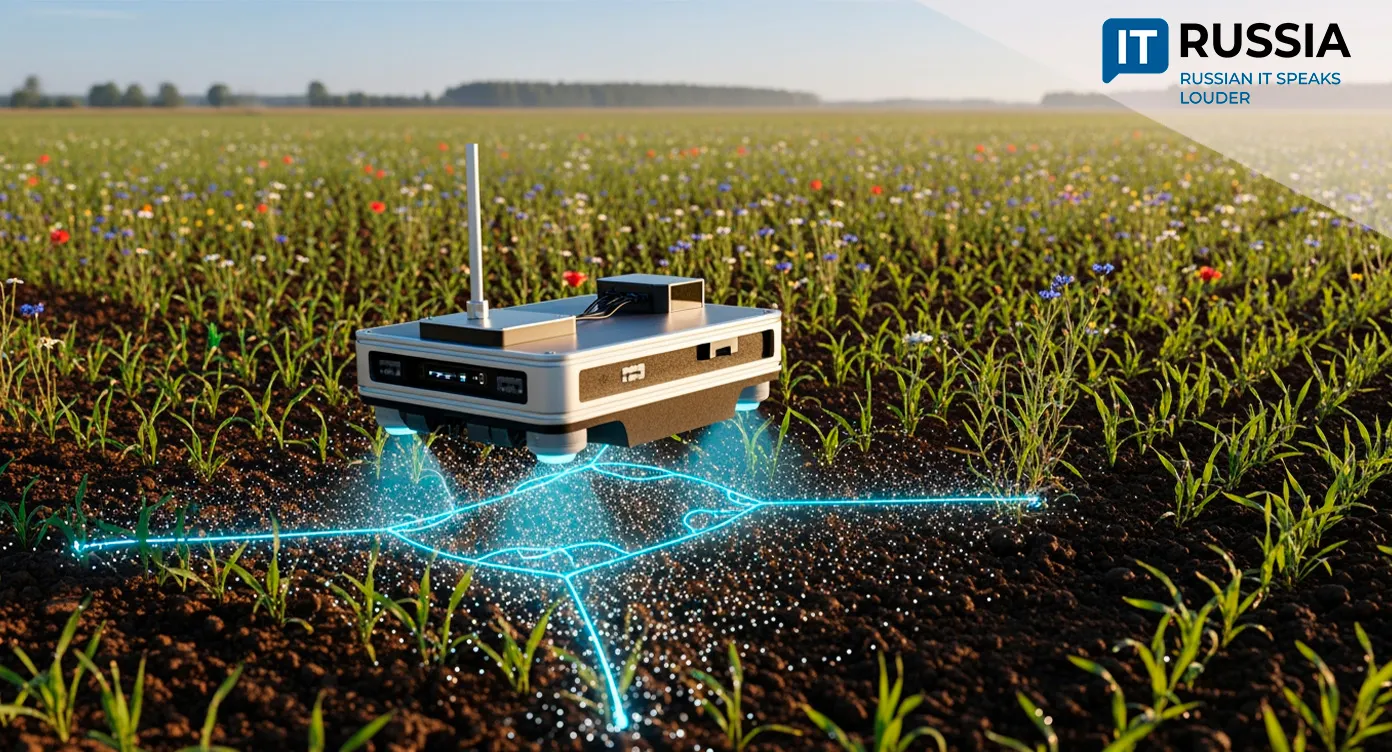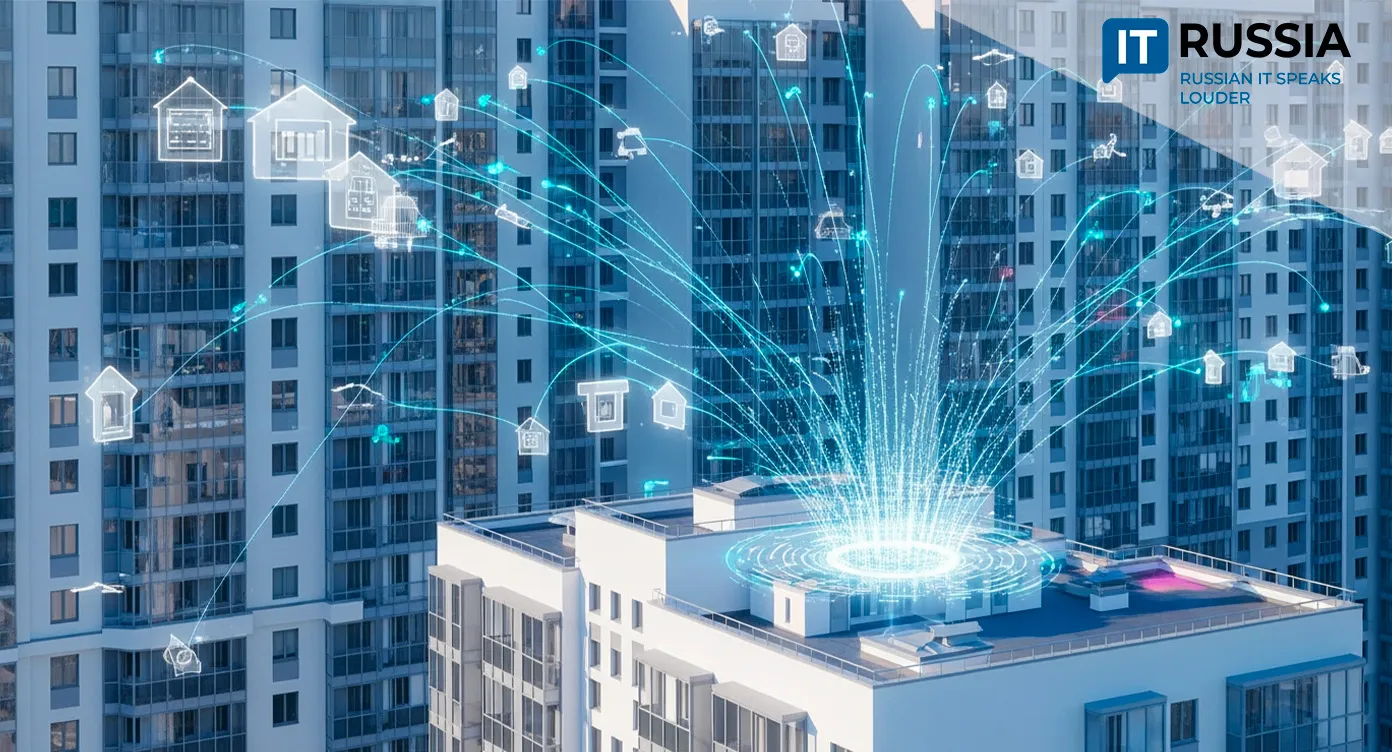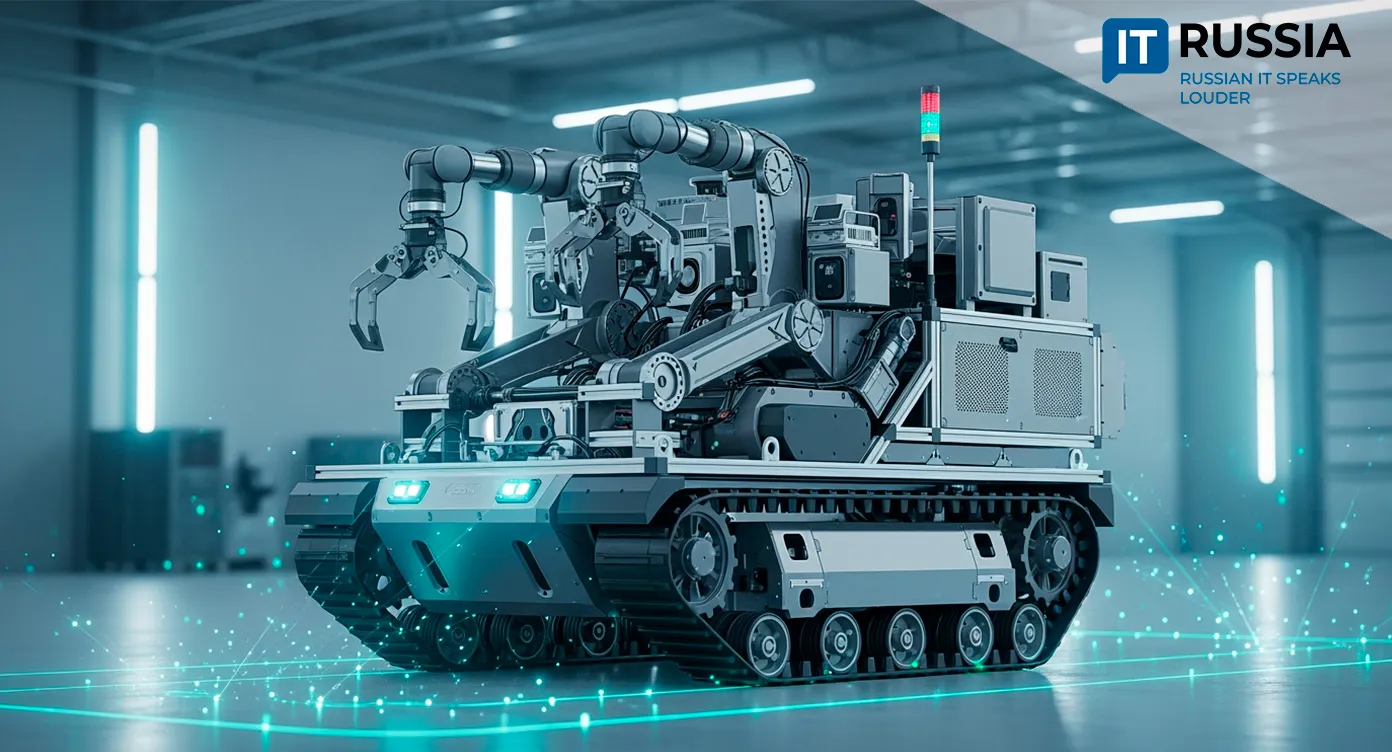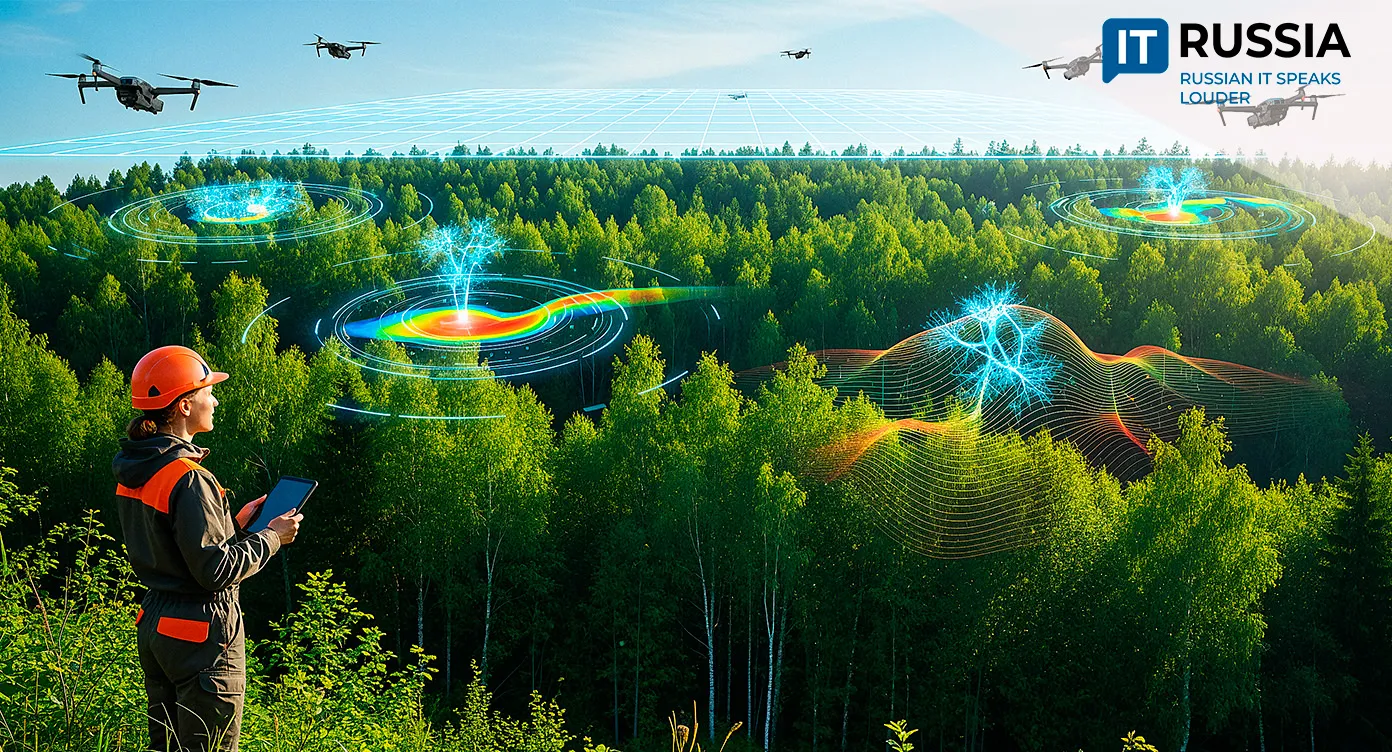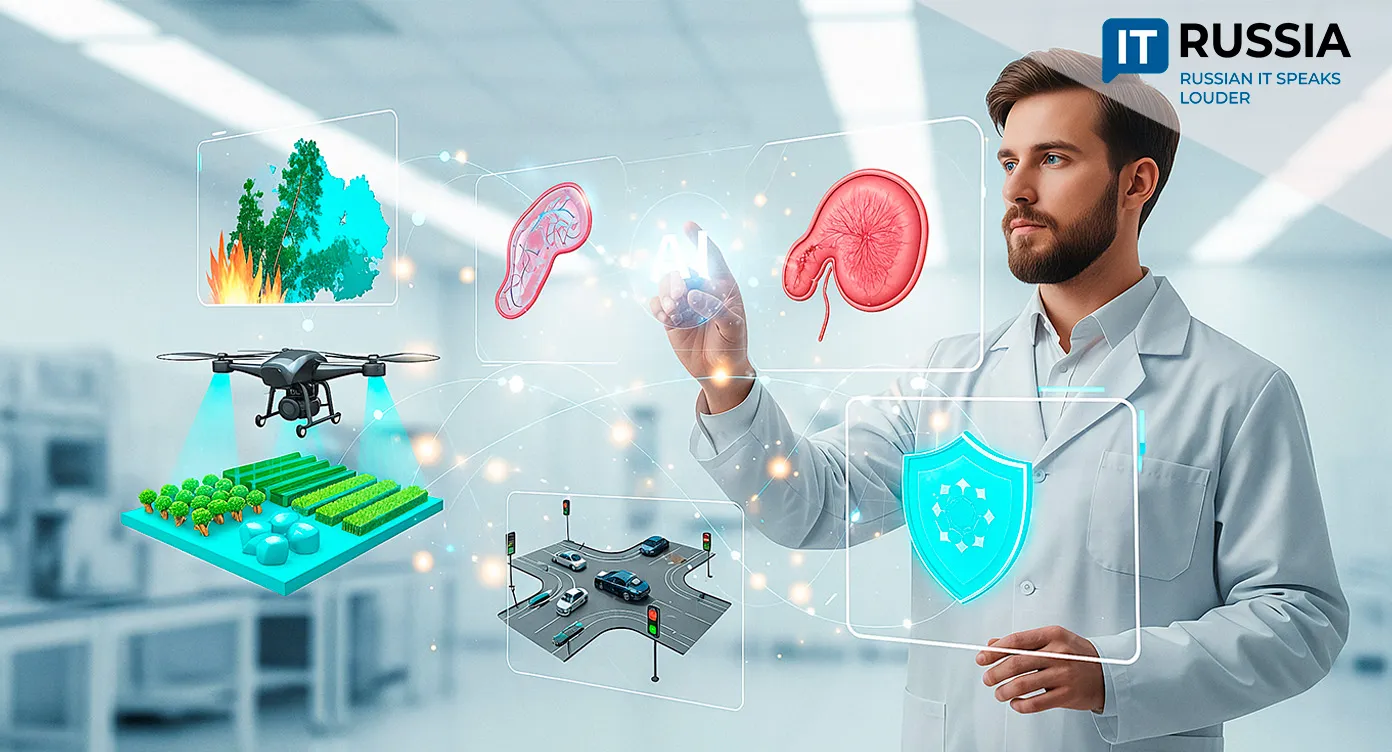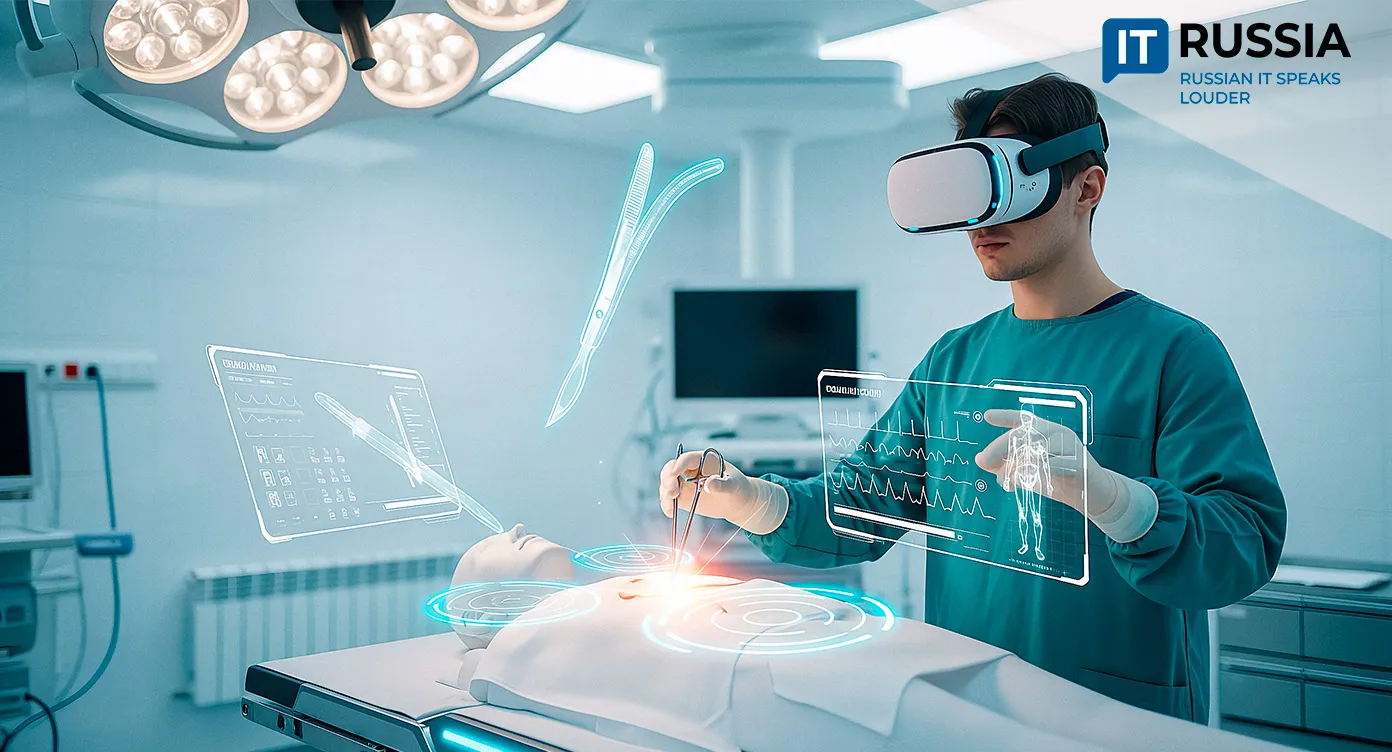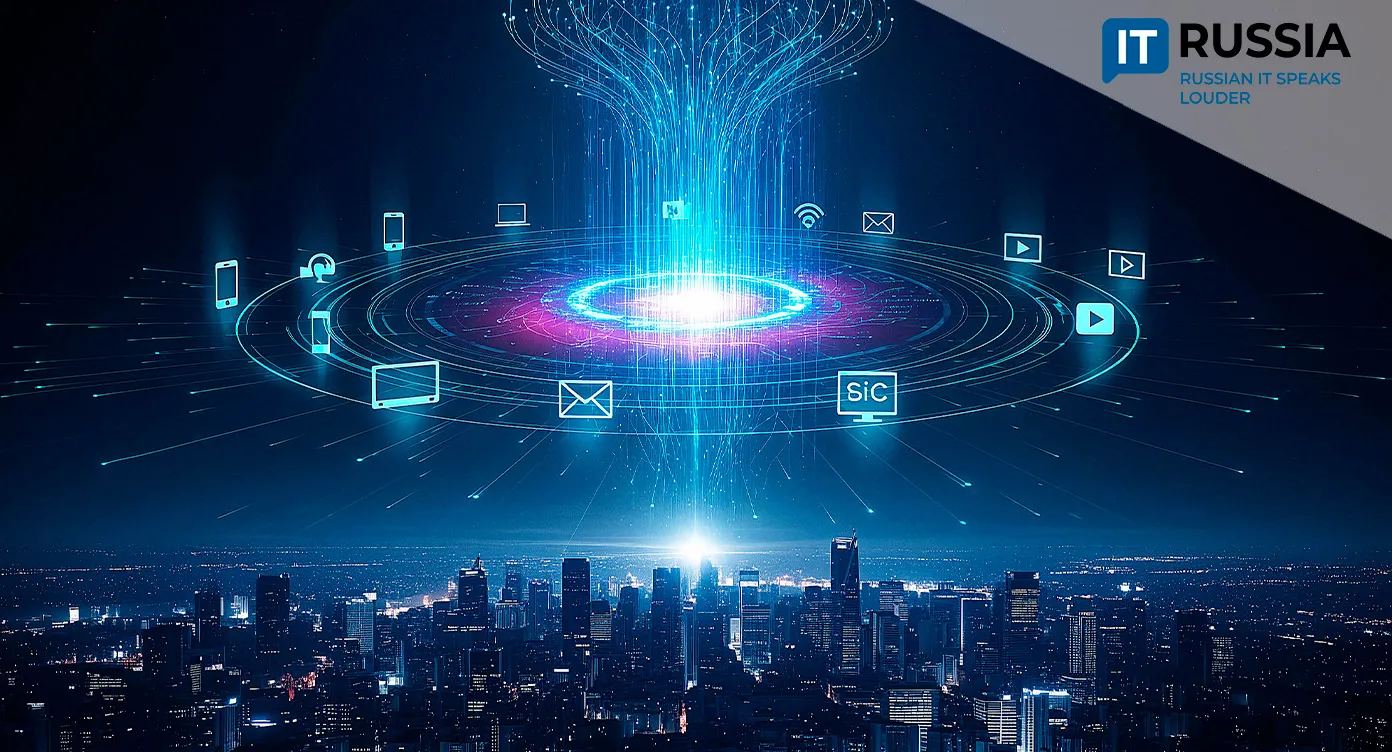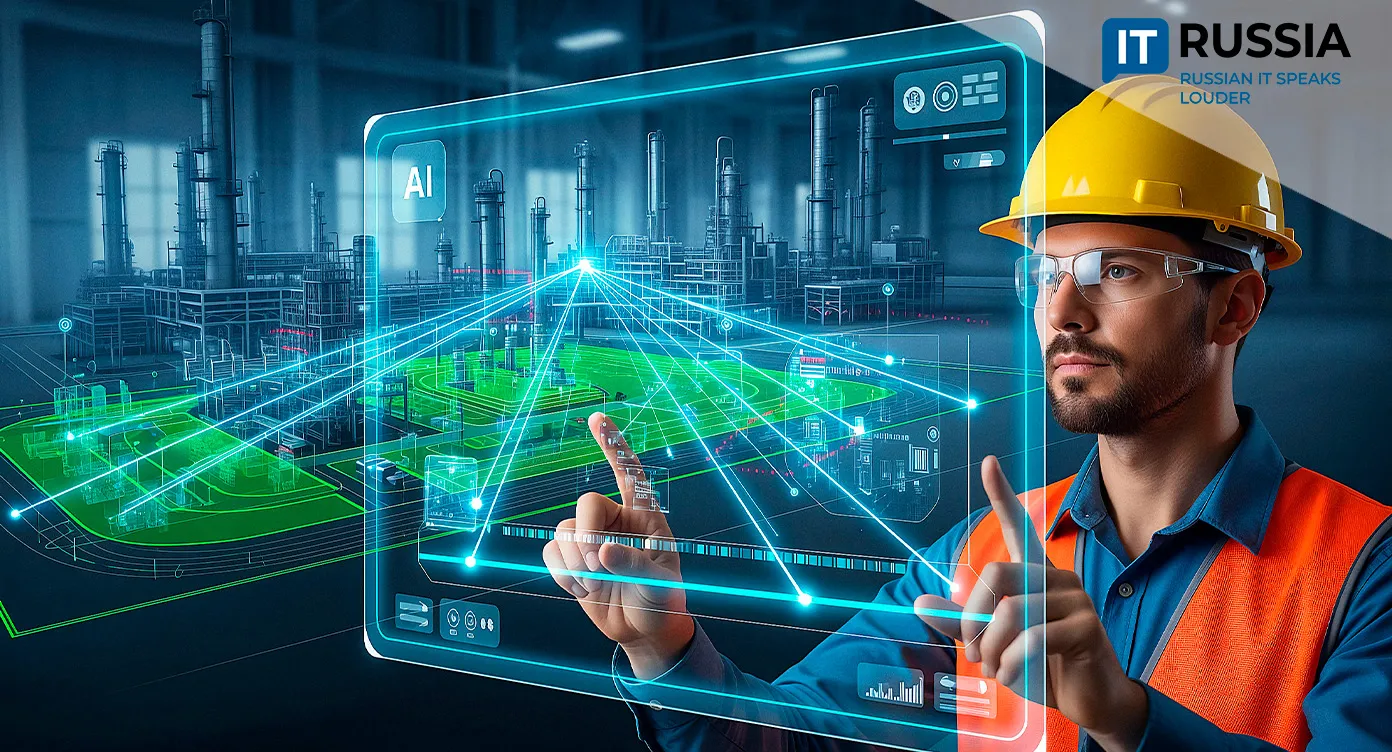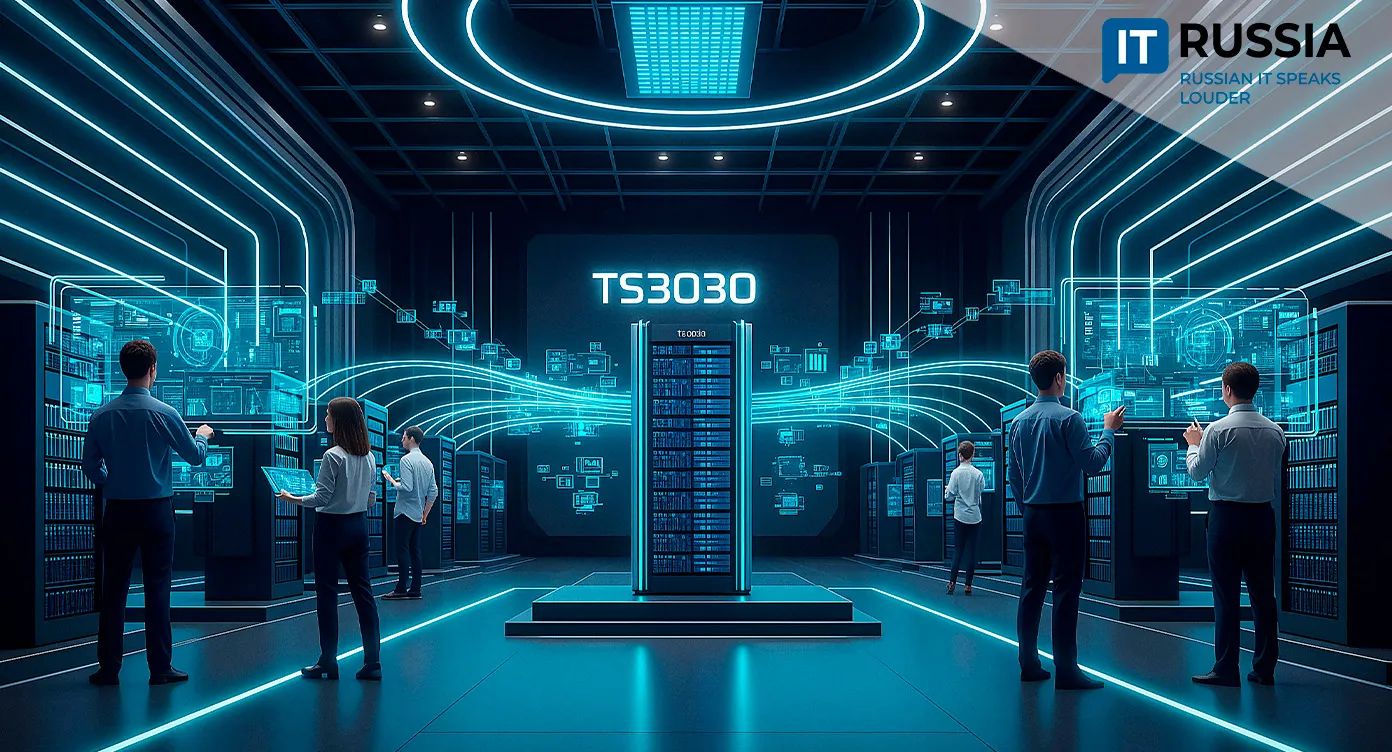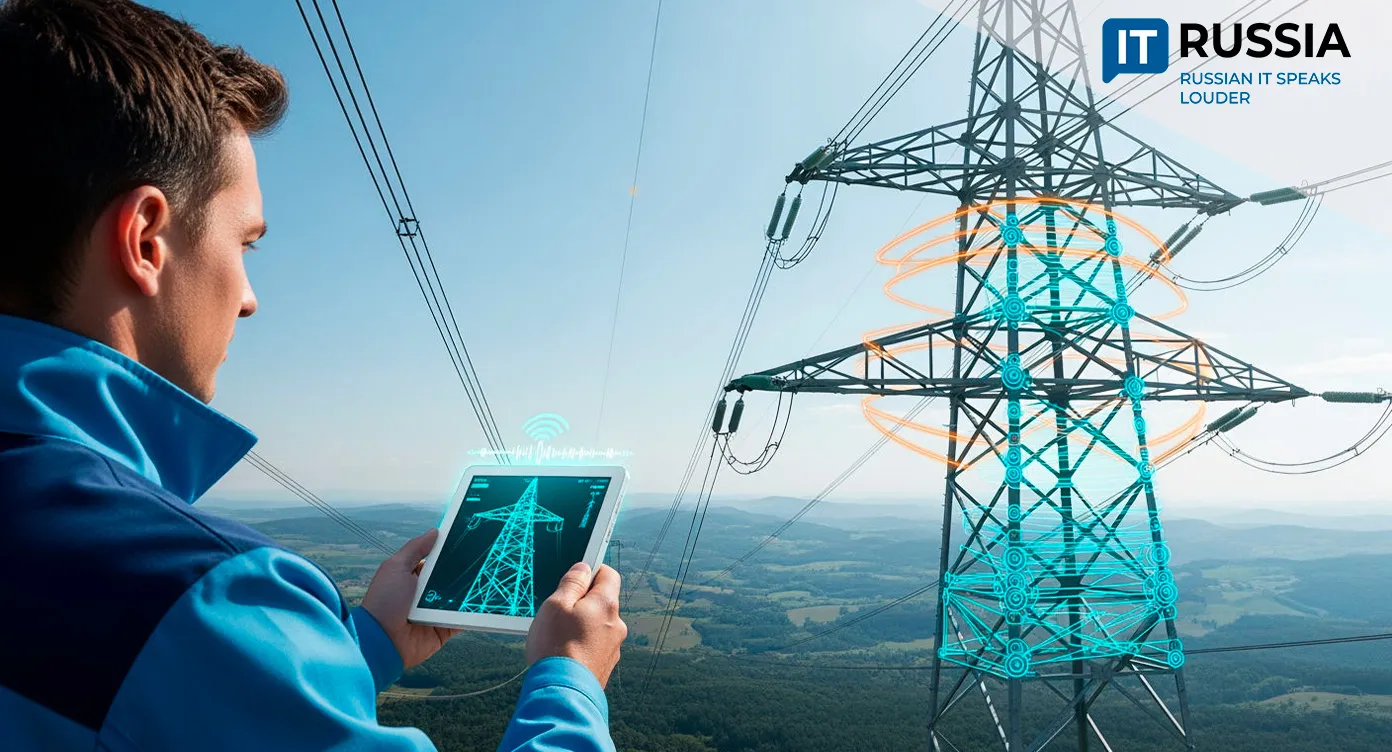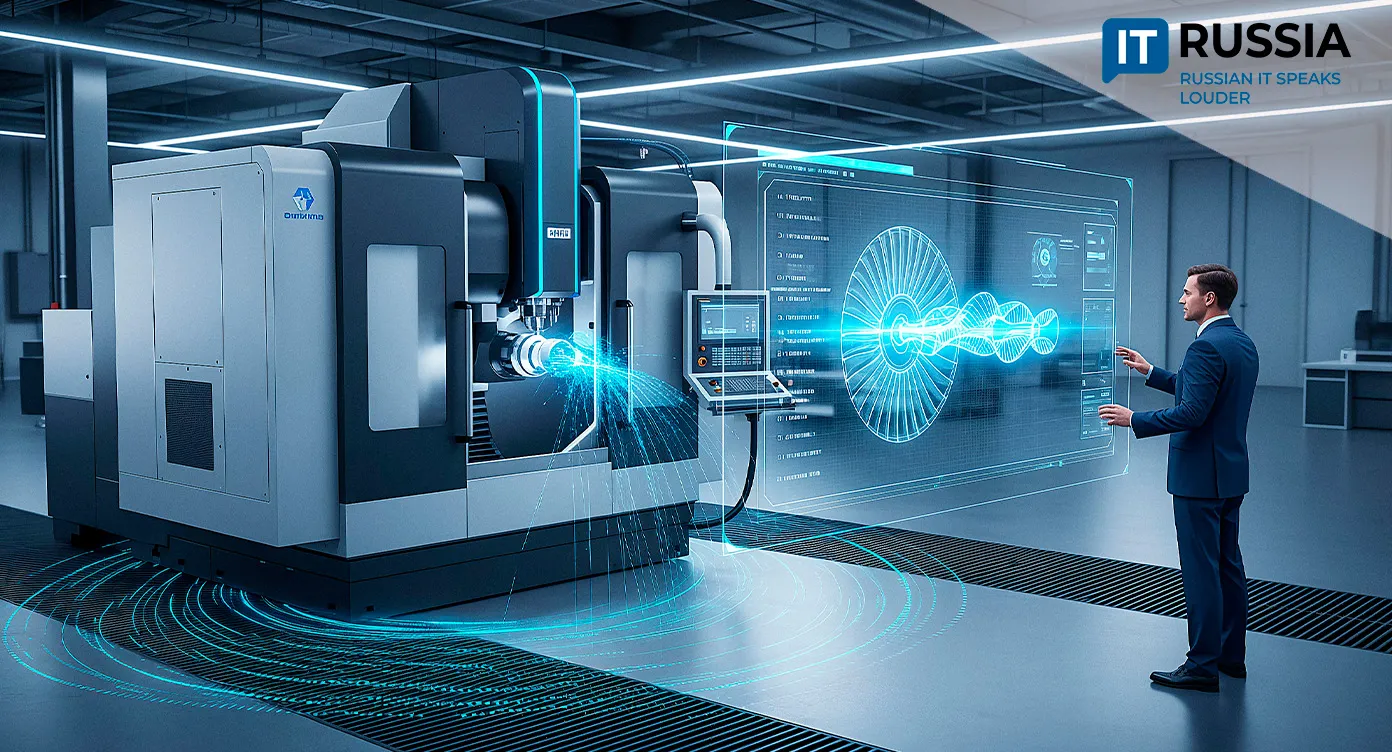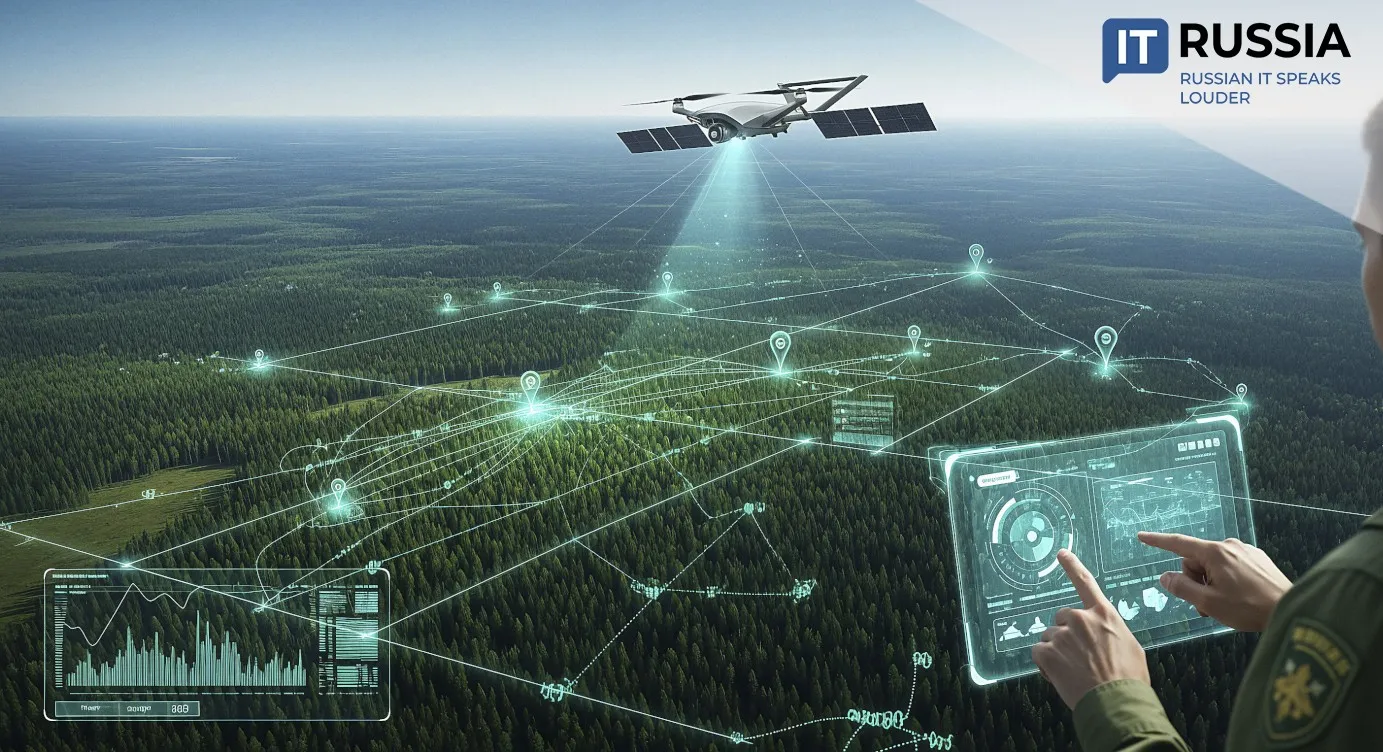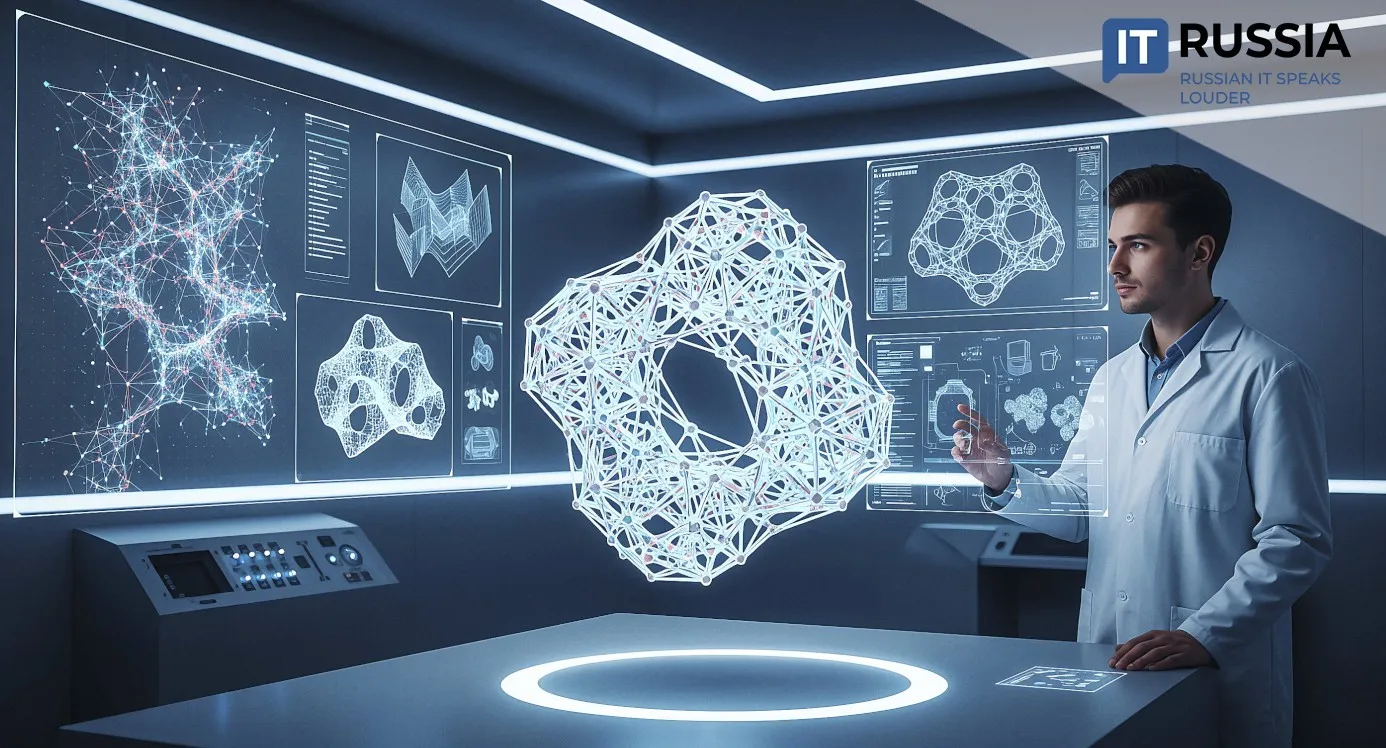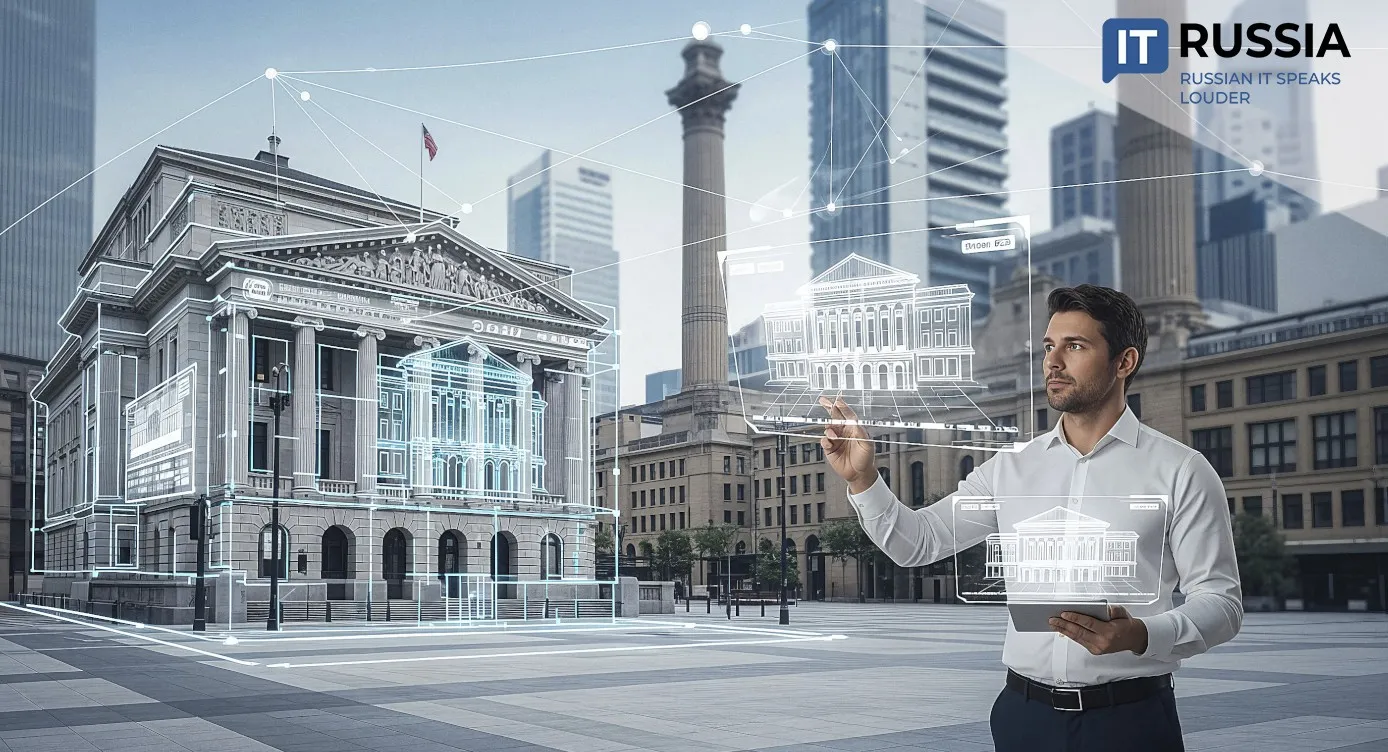A Nuclear-Powered Leap: How Russia’s Fusion of Atomic and Digital Tech Is Reshaping Space Exploration
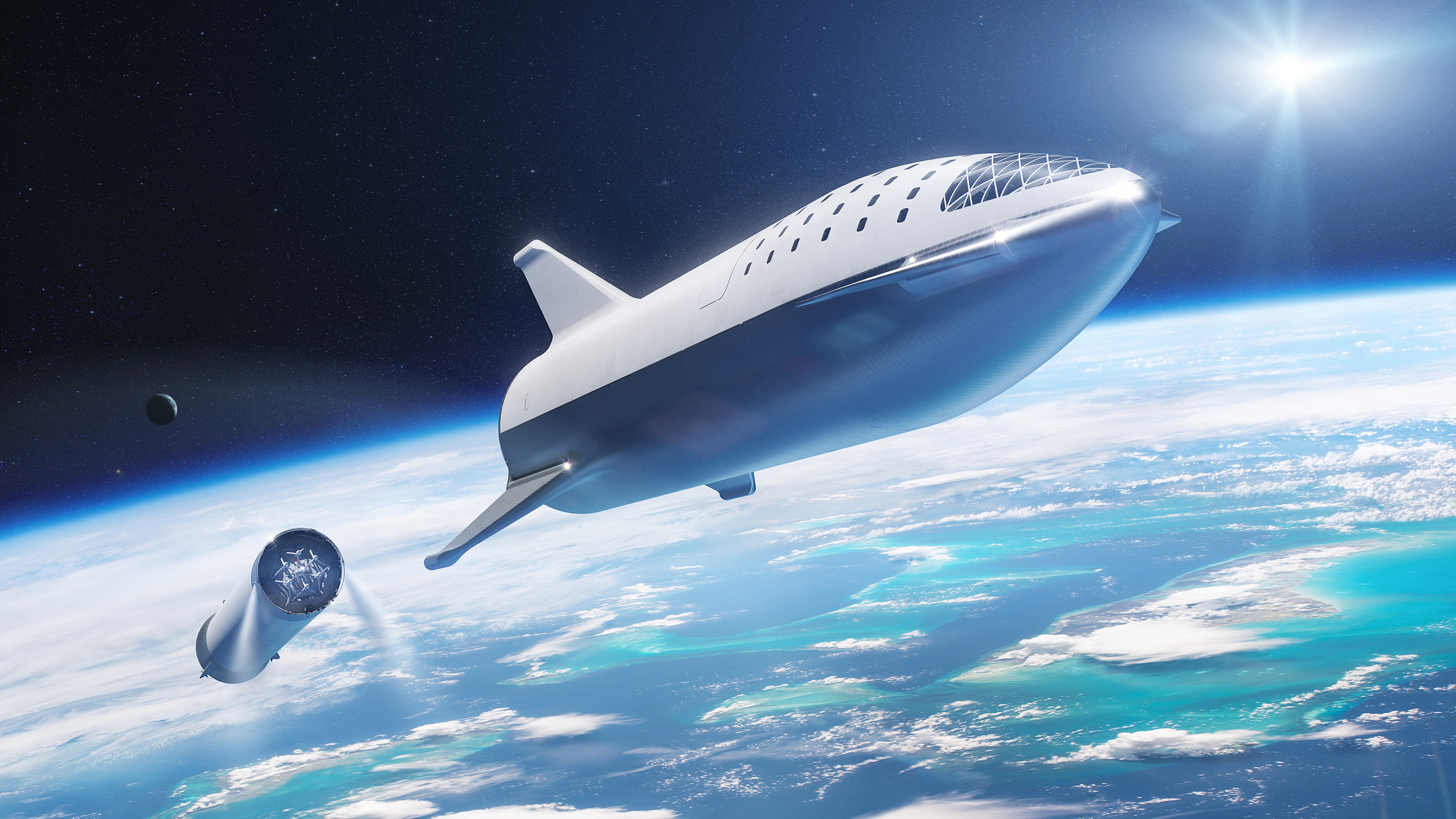
In a vision that feels lifted straight from science fiction, Russia is engineering a new chapter in spaceflight—one where spacecraft are powered by high-temperature nuclear reactors, guided by digital twins, and capable of cleaning up orbital debris or delivering payloads to Neptune. At the heart of this initiative is a fusion of nuclear propulsion and next-gen IT infrastructure that may soon make interplanetary missions not only feasible, but routine.
Nuclear Engines for Deep Space
Russia currently leads the world in developing megawatt-class nuclear electric propulsion systems. These systems, combining a nuclear reactor with ion engines, promise to deliver sustained thrust and high energy output for long-duration missions far beyond Earth orbit.
Developed jointly by Rosatom and Roscosmos, the Transport and Energy Module (TEM), powered by a fast neutron reactor with inert gas cooling, marks a substantial shift in propulsion technology. With thermal output at 4 megawatts and electric power at 1 megawatt, the reactor is designed to run for 10 years without overhaul. That’s not just more power—it’s staying power.
Unlike chemical rockets, nuclear-electric propulsion is efficient over long distances. The system can maintain continuous acceleration, enabling complex missions like Mars cargo delivery, lunar base construction, planetary research, and even the removal of hazardous space debris. Its extended operational time opens the door to autonomous orbital maintenance and deep-space industrial operations.
Enter “Zeus,” the Nuclear Tug
At the 2022 Atomexpo forum in Sochi, Roscosmos unveiled the blueprint for Zeus—a nuclear-powered space tug based on the TEM design. Weighing over 20 tons, Zeus is envisioned as a multipurpose transport system that can deliver payloads to Earth orbit, distant planets, or even return missions from deep space.
Unlike traditional spacecraft, Zeus can carry a consistent 10-ton payload regardless of distance—be it the Moon or Neptune. Russian analysts claim one Zeus mission could transport more cargo across the solar system than all NASA outer-planet missions over the last 30 years combined.
It’s also designed to operate safely: the tug only activates its nuclear propulsion system once it reaches an altitude of 800 km, minimizing risks in the event of launch failure. Once deployed, Zeus can perform orbital maintenance, conduct autonomous research, or serve as a relay hub—an essential step toward scaling infrastructure for long-term space habitation.
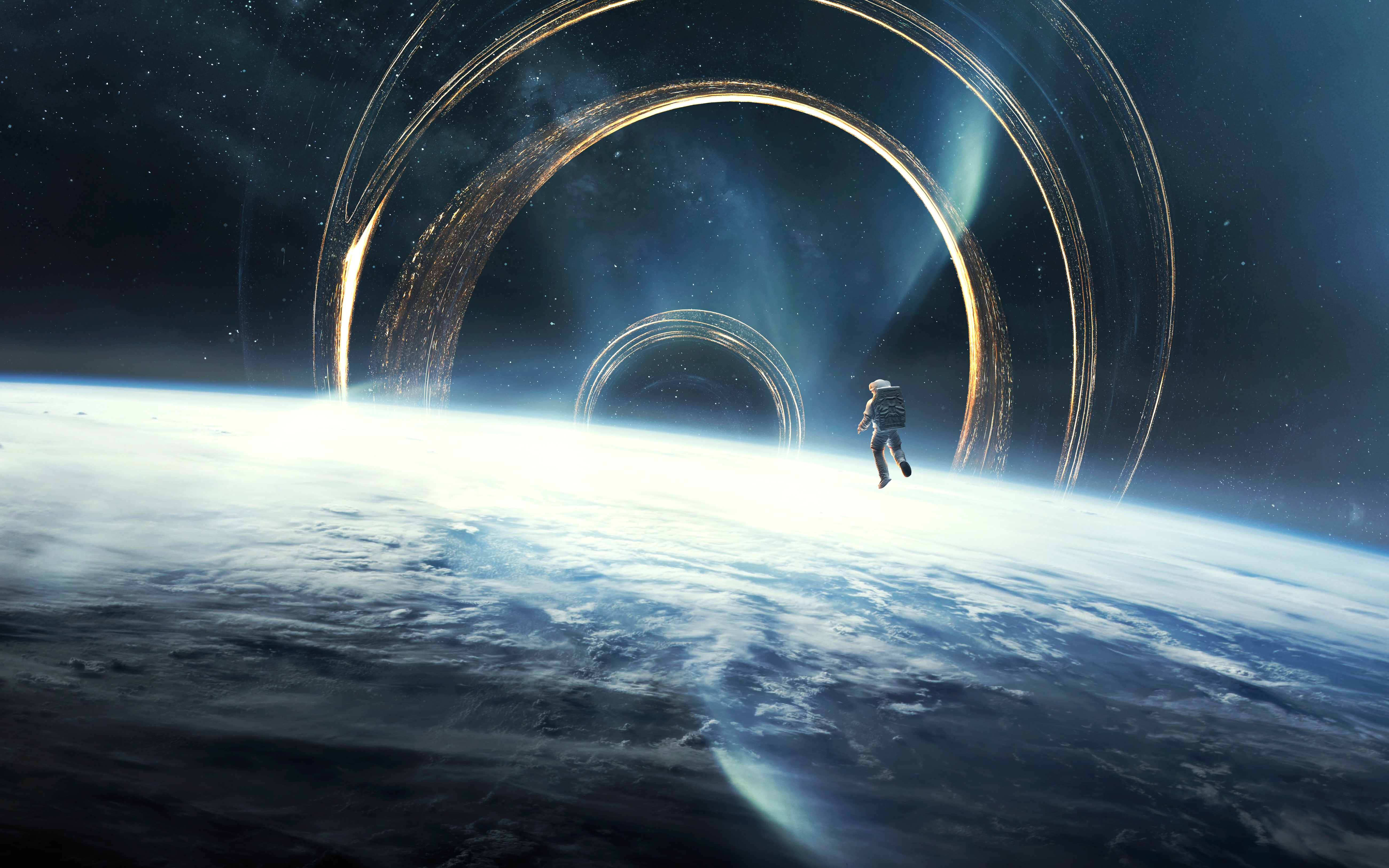
X-Rays as Navigational Beacons
For precise navigation across solar system distances, researchers are turning to a surprising ally: pulsars. These dense remnants of exploded stars emit X-ray pulses at regular intervals. Russia is exploring how spacecraft could use these signals—akin to galactic GPS—to triangulate their position in deep space.
Pulsar-based navigation offers distinct advantages over Earth-bound systems: no reliance on radio signals, smaller onboard receivers, and coverage that spans the outer solar system. When combined with existing systems like GLONASS, this technology could provide centimeter-level accuracy on interplanetary journeys.
Simulating Space with Digital Twins
On Earth, Russia is transforming its space operations with advanced IT systems, including a comprehensive digital twin of orbital space. This virtual environment allows operators to model spacecraft trajectories, coordinate multi-satellite operations, and simulate interactions with debris fields in real time.
These digital ecosystems are built on proprietary Russian technologies, replacing imported software as part of a larger push toward IT sovereignty. Telemetry from various ground stations is now unified in centralized data networks, enabling real-time diagnostics and predictive maintenance.
The country is also investing in secure communications infrastructure, including robotic control systems and encrypted networking, for managing satellites, planning repairs, and executing refueling or deorbiting procedures autonomously.
AI as a Core Infrastructure Element
As satellite constellations grow, so does the data they produce—far beyond what humans alone can manage. Artificial intelligence is becoming essential not only for onboard autonomy but for managing the increasingly complex networks of spacecraft.
Russia is incorporating AI into its mission control operations, automating routine decisions and flagging anomalies before they become failures. At the heart of this effort is a new mission control center that uses digital twins and machine learning to reduce operator workload and improve resilience.
Yet AI adoption brings new challenges: cyber threats, regulatory gaps, and workforce shortages in high-end computing. To address these, Russia is ramping up training in AI, building intersectoral knowledge hubs, and supporting long-range government R&D projects.
Broader Impacts for Humanity
These advancements may seem far-off, but their impact could ripple back to Earth. Nuclear propulsion could dramatically reduce the time and cost of missions, unlocking new scientific opportunities—from asteroid mining to planetary colonization. X-ray navigation systems could enhance space traffic safety. AI and digital twins may soon influence terrestrial sectors like logistics, robotics, and power grid management.
Russia’s strategy reflects a broader global shift: space exploration is no longer siloed from IT. The convergence of nuclear engineering, machine learning, and aerospace is laying the foundation for a new era—one where scalable, secure, and intelligent infrastructure extends beyond our planet.
In this race, Russia is not just participating—it’s setting the pace.


